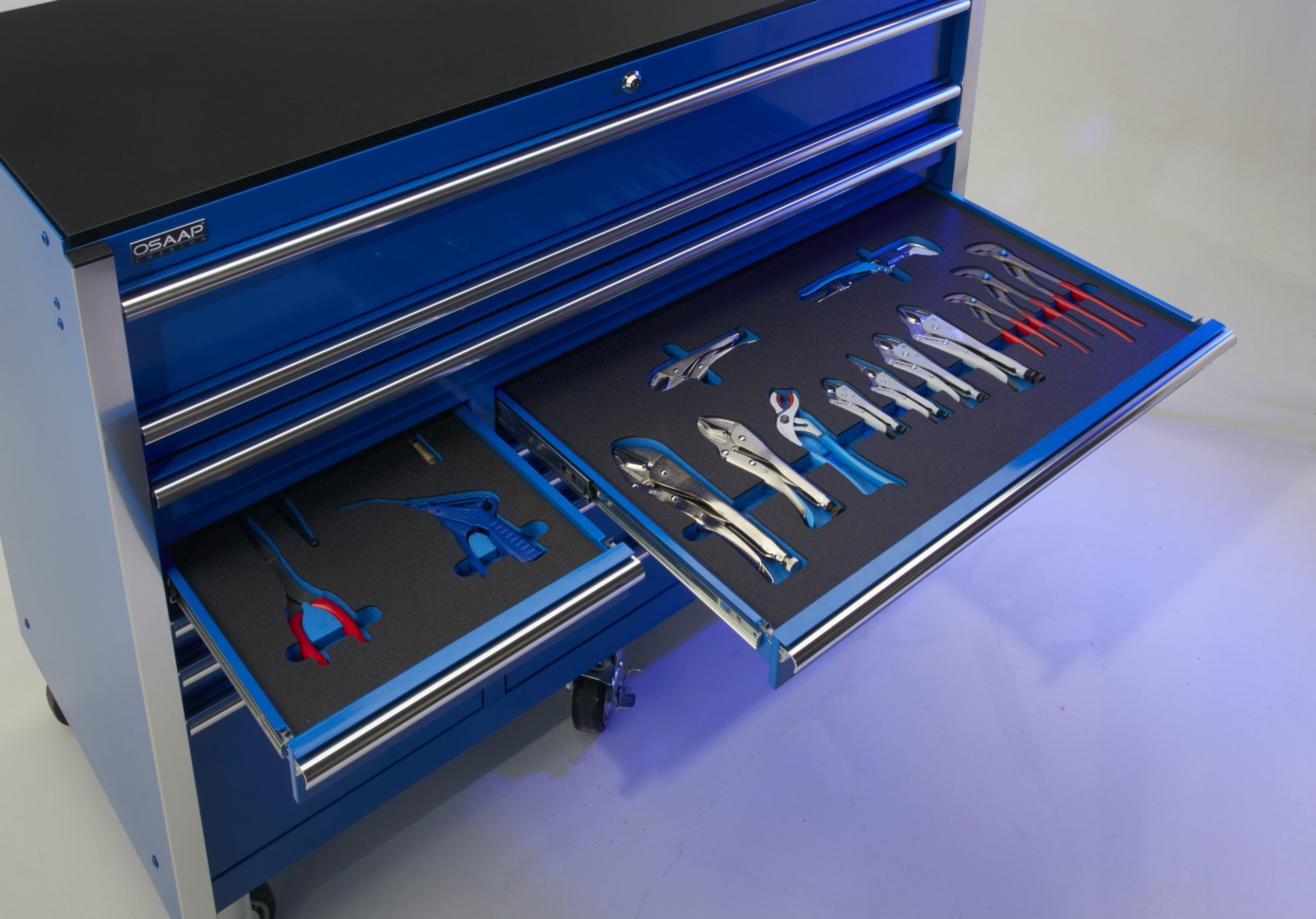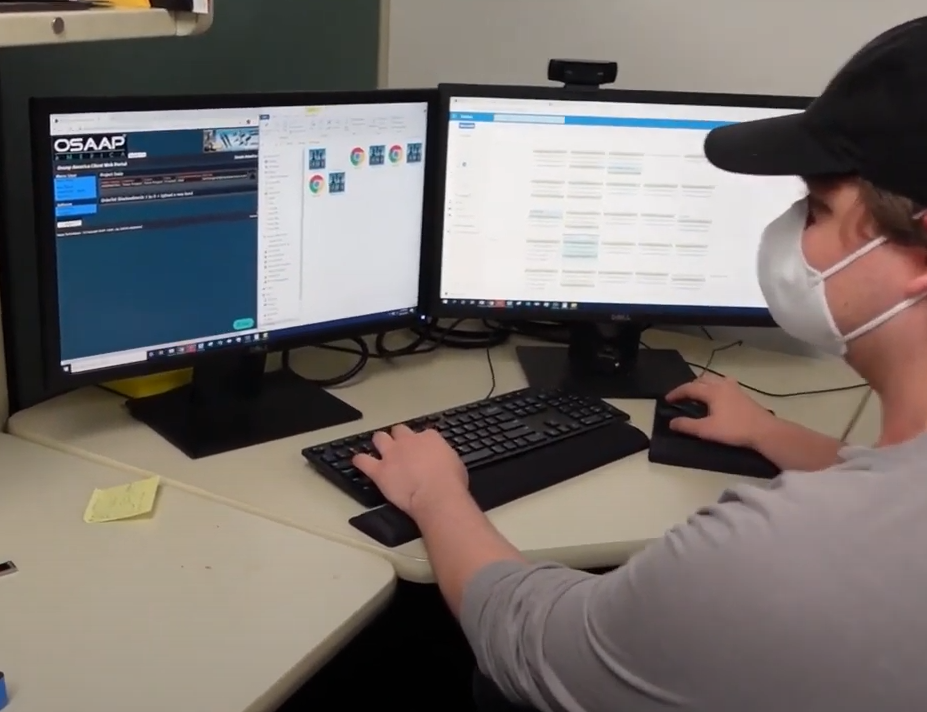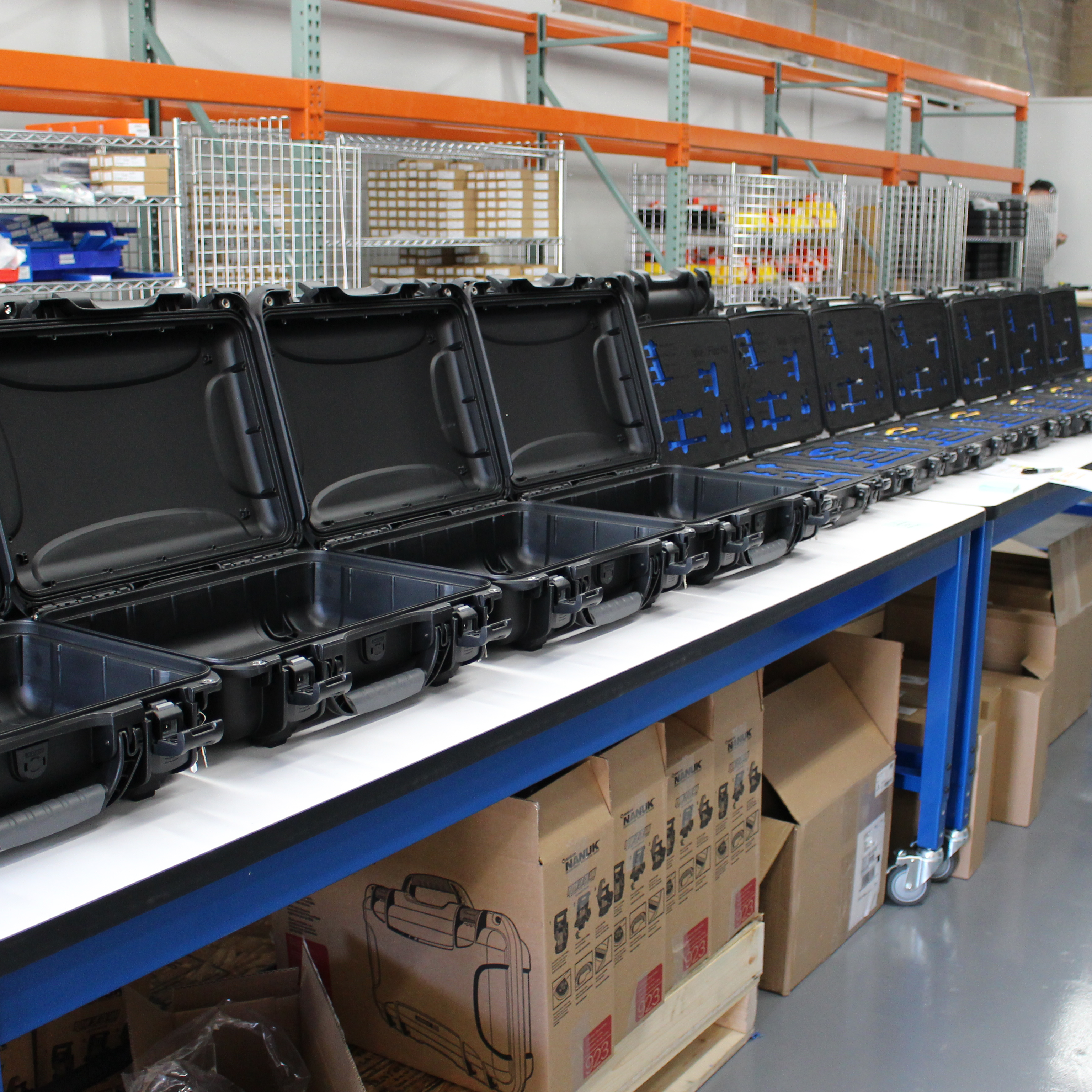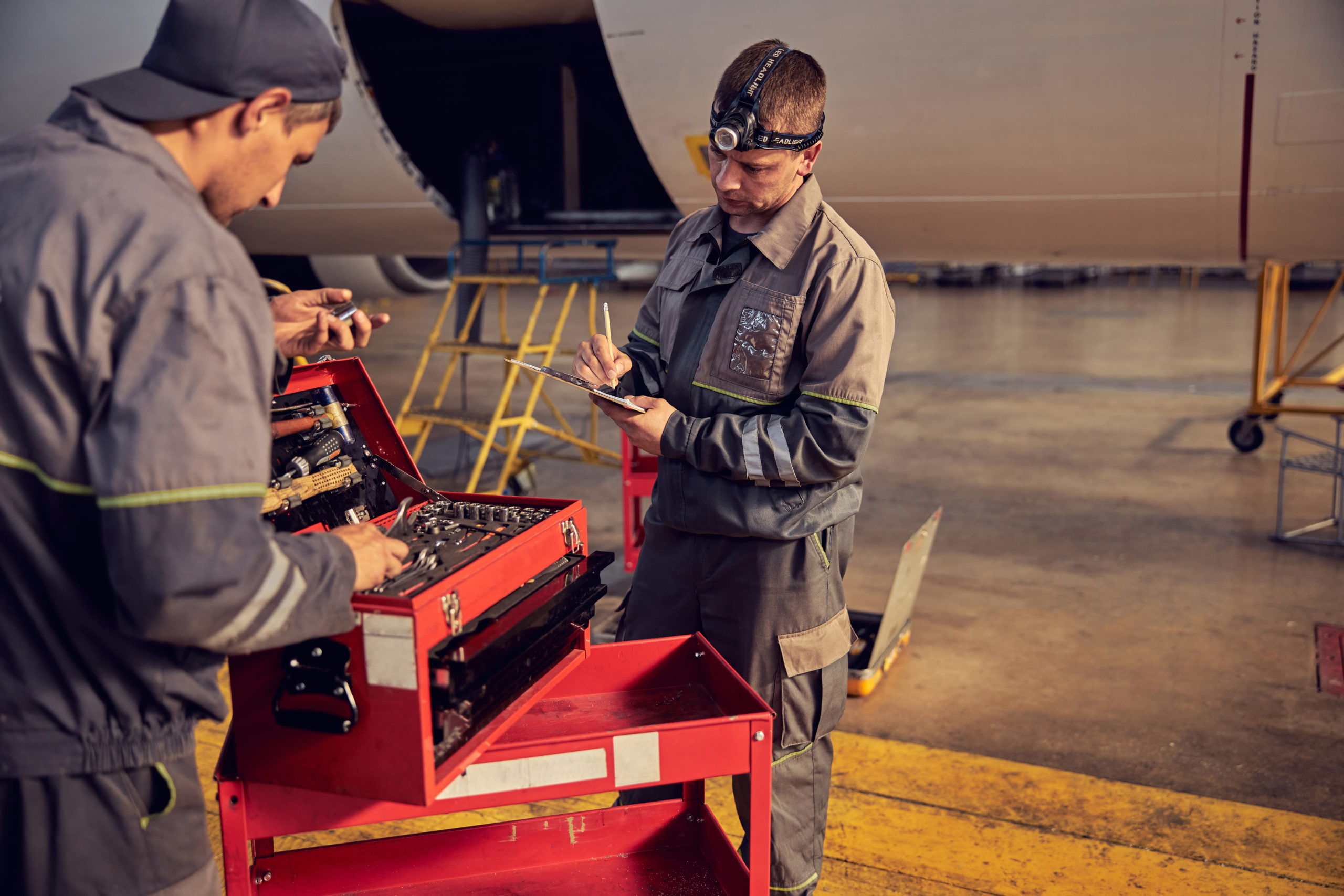Exploring the Depths: Waterjetted Shadowboards vs. Milled Shadowboards
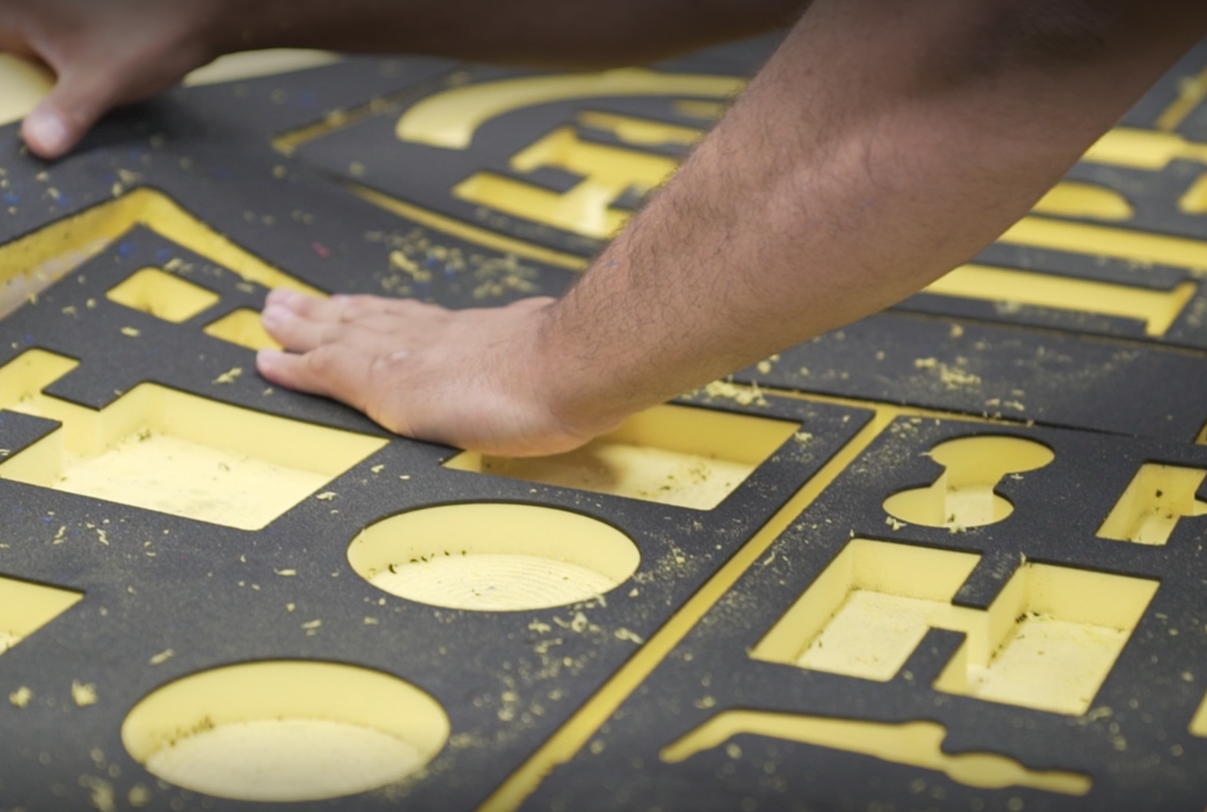
Introduction
In the realm of organizational efficiency and workspace optimization, shadowboards have become indispensable tools for keeping tools and equipment neatly arranged. Among the various manufacturing techniques employed to create these organizational wonders, waterjet cutting and milling stand out as popular choices. This article delves into the unique attributes of waterjetted shadowboards and milled shadowboards, with a focus on their cutting-edge technologies and the multi-depth capabilities that set them apart.
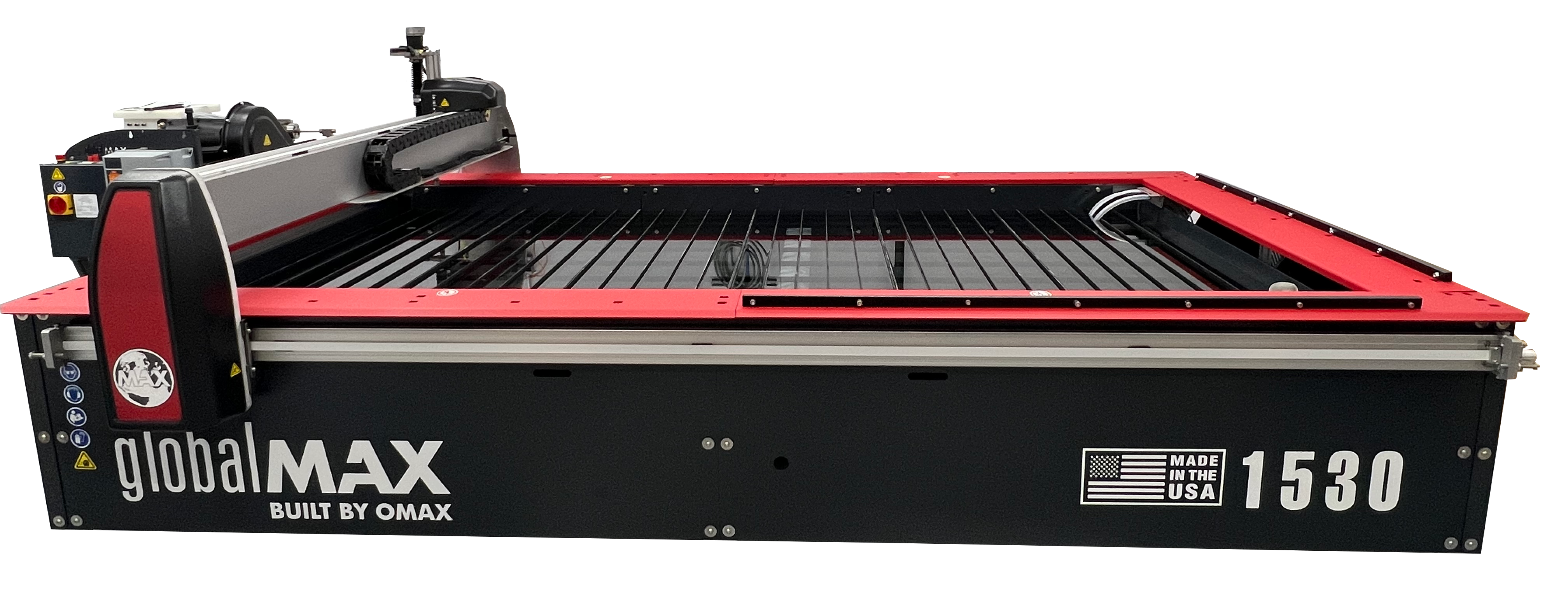
Waterjetted Shadowboards:
Waterjet cutting is a versatile and precise method that utilizes a high-pressure stream of water mixed with abrasive materials to cut through a variety of materials, including metals, plastics, and foams. When applied to shadowboards, the waterjet technology provides several distinct advantages.
Precision and Intricacy:
- Waterjet cutting allows for intricate designs with high precision. This is particularly beneficial when creating shadowboards with complex outlines or intricate shapes. The accuracy of waterjet cutting ensures that each tool or item has its dedicated space, contributing to an organized and visually appealing workspace.
Versatility in Material Compatibility:
- Waterjet cutting is effective across a broad spectrum of materials. Whether dealing with soft foams or other substances, a waterjet can cut through a wide range of materials, making it an ideal choice for creating shadowboards tailored to diverse tool sets.
Clean and Burr-Free Cuts:
- The nature of waterjet cutting results in clean, burr-free edges. This not only enhances the aesthetic appeal of the shadowboard but also ensures the safety of individuals handling the tools. The absence of sharp edges reduces the risk of injuries during tool retrieval or replacement.
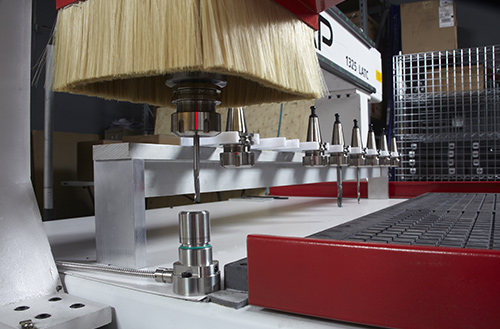
Milled Shadowboards:
Milling, on the other hand, is a subtractive manufacturing process that involves removing material from a solid workpiece to achieve the desired shape. When applied to shadowboards, milling offers unique advantages, particularly in terms of multi-depth capabilities.
Multi-Depth Customization:
- One of the key strengths of milling is its ability to create multi-depth features on a single shadowboard. This means that certain areas can be milled deeper to accommodate larger tools, while other sections remain shallower for smaller items. This level of customization allows for an efficient and organized arrangement of tools of varying sizes.
Professional Aesthetics:
- Milled shadowboards exhibit a high level of craftsmanship and professionalism. The precise control offered by milling machines ensures smooth and clean edges, contributing to an overall polished appearance. This can be particularly important in settings where visual aesthetics are crucial, such as laboratories or high-end workshops.
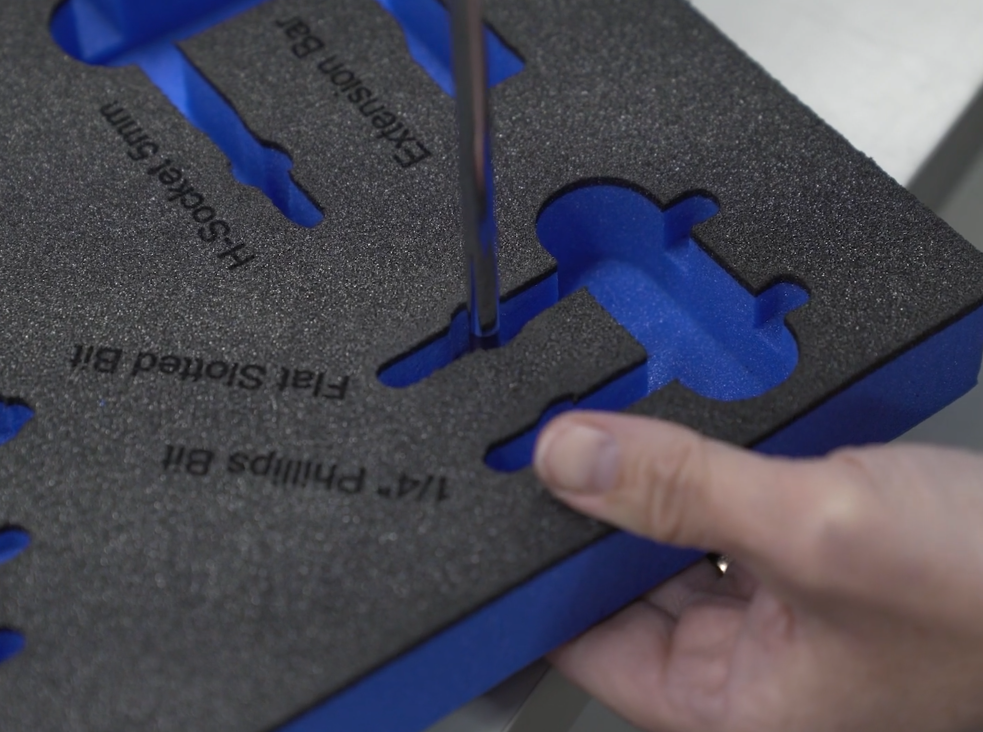
Conclusion
Both waterjetted and milled shadowboards have their unique strengths, and the choice between the two ultimately depends on the specific requirements of the workspace. Waterjetted shadowboards excel in precision and versatility, offering clean cuts suitable for a wide range of materials, including foams. On the other hand, milled shadowboards provide multi-depth customization, making them ideal for environments with diverse tool sizes and specific aesthetic preferences. The decision between waterjetted and milled shadowboards rests on the balance between customization, material compatibility, and the desired aesthetic for an organized and efficient workspace.

